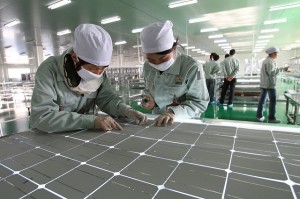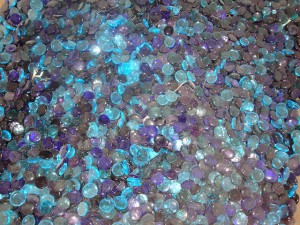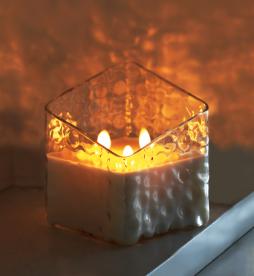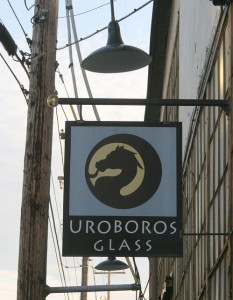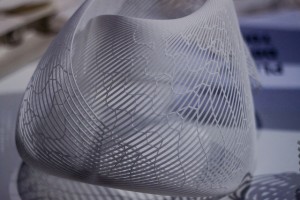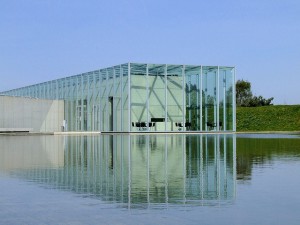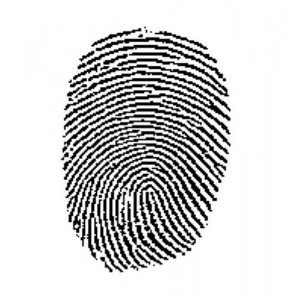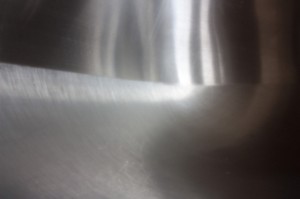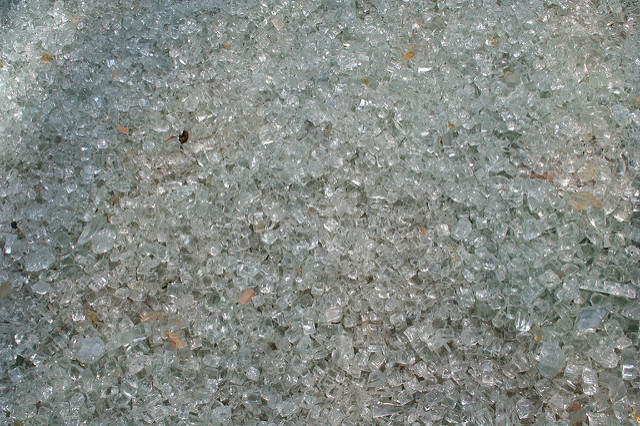Lehigh Researchers Make Single Glass Crystal
If you know anything about glass, you know that it’s a unique material. Glass is formed in a liquid state, and as it cools, it hardens. Unlike other solid materials, glass doesn’t form a standard crystalline structure. For reasons that aren’t clearly understood, glass cools and hardens before it can achieve the hallmark crystal lattice that defines most solids.
Another thing about glass is that once it is formed from raw materials, it can be reheated to the point of melting and reformed into any other state. It takes less heat to melt glass than it does to make glass from raw materials, so the melting point of glass is critical to a discovery by researchers at Lehigh University.
Single crystals are key to the workings of solar cells. For the solar cells to move energy efficiently, they rely on single crystals that have been ordered in a particular way. Single crystals can manage both light and heat, but as it turns out, it’s hard to manufacture single crystals of glass.
Lehigh researchers have discovered a manufacturing technique that allows them to turn solid glass into single crystals without melting the glass. Being able to create single crystals reliably and at a relatively low cost could enable the development of more efficient, less expensive solar cells. Single crystals are also useful in superconductors. In addition to being able to create single crystals, the production technique allows the researchers to create complex or customized shapes using single crystals.
The researchers used a laser beam to “write” single crystals by heating glass to a temperature that is too low to melt the glass, but high enough to allow crystallization. Laser fabrication allows very precise ordering of single crystals and could significantly lower the cost and speed production of solar cells.
Glassprimer™ glass paint is a specialized glass coating that bonds permanently to glass surfaces. GlassPrimer also makes a glass surface molecular activator that is designed to work with UV-inkjet glass printing processes. For more information about Glassprimer™ glass paint, please visit the rest of our site. If you’d like to purchase Glassprimer™ glass paint, please visit our online store .
Photo Credit: Solar Giga, via Flickr.com

